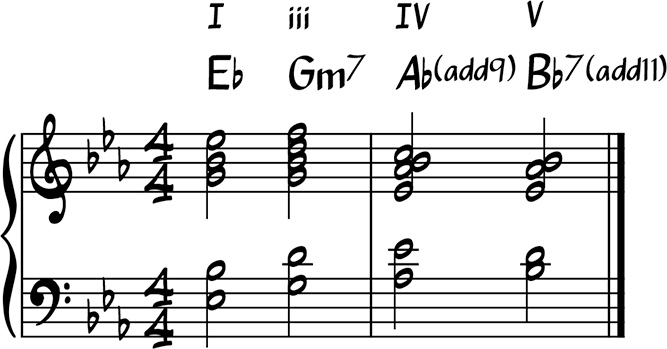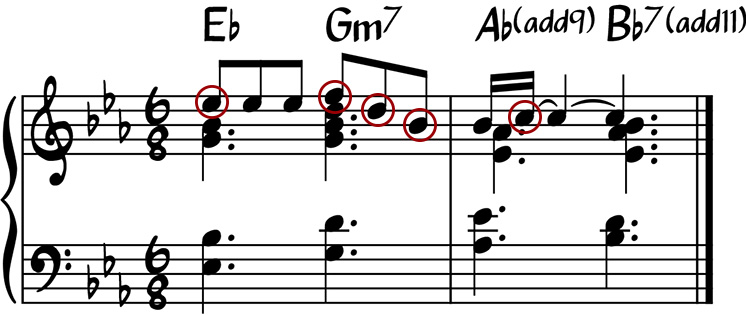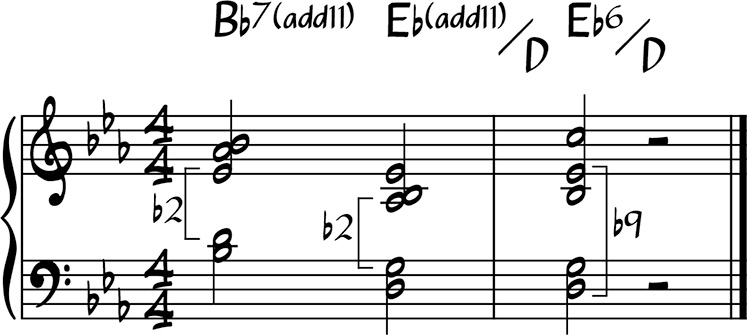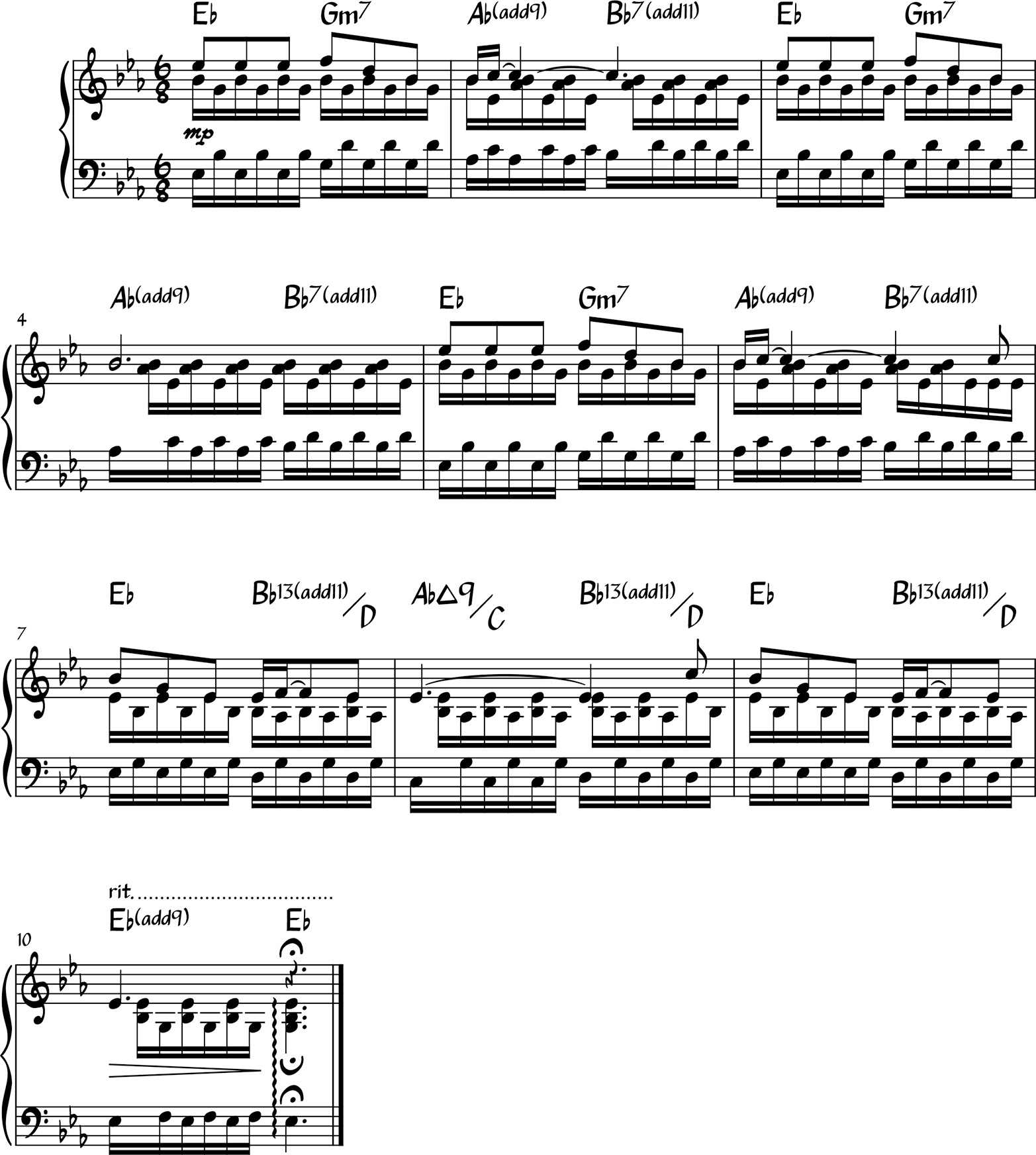As a jazz pianist, I’ve always been drawn to harmonic complexity. I love the dissonance of an intricate chord and how harmony can feel like a rollercoaster—tossing you around in unexpected and thrilling ways, yet always bringing you safely home.
But sometimes, the real challenge isn’t in adding complexity—it’s in doing the opposite. My solo piano project, Doeke, is about embracing simplicity, letting sincere melodies flow over moving harmonies. There’s nothing to prove; it’s just the music speaking for itself (if you’re interested, you can follow the project here).
My latest Doeke single, “No Problem to Solve,” is a product of this approach. It’s deceptively simple, but behind that simplicity lies a delicate balance between crafting a lyrical melody and avoiding melodrama. Writing a diatonic (meaning: staying within one key, no chromatic alterations) composition without slipping into cheesiness is quite difficult, and it’s something I’ve had to work at.
Below is a five-step method I use when I want to write something diatonic that feels genuine yet musically interesting.
Step 1: Choose a key and select scale degrees
Start with the basics: pick a key and limit yourself to a few scale degrees (meaning: chords within that key). For this piece, I chose the key of E-flat major and chose the following scale degrees: I, iii, IV, and V chords. I came up with the following voicings for those scale degrees:

As you can see, even though the voicings all fit within the key of Eb (no alterations, flats, or sharps), I’ve already added quite a bit of color using 7ths, 9ths, and even an 11th.
Step 2: Pick a meter and build a melody
For this piece, I went with 6/8, but you can pick any meter you like. Next, create a melody using the chord tones of the voicings from the previous step. I’ve circled the chord tones of the melody that I came up with:

Step 3: Add movement by using arpeggios or other patterns
To avoid static harmonies, you can use arpeggiation or other broken chord patterns to create a sense of motion. This is what I came up with:

Step 4: create dissonance with diatonic intervals
Even when writing diatonically, you can weave in dissonance to create tension and maintain interest. In this case, I used inherently dissonant intervals—like the b2, b9, and tritones—but kept them within the key of Eb. I love this kind of dissonance, it’s warm and fuzzy, even when the intervals can be jarring.
Here are a few voicings I’ve created that we’ll incorporate in the next step:

Step 5: combine steps and develop melody
The final step is to combine all previous steps and further develop the melody. You can introduce additional harmonies, include some of the dissonance of the last step, and see where the melody takes you. I like to just improvise and see what comes out. Inspiration is hard to force, but just having fun and playing around can often bring about some great ideas!

Conclusion
Although I’ve broken down this diatonic composition process into five simple steps, the reality is often much messier. More often than not, it’s about improvising, noodling around on the piano, and following your ears. Sometimes, inspiration strikes out of nowhere and pulls everything together. So I encourage you to do just that! These steps are just a starting point for experimentation.
As for avoiding cheesiness, that’s largely a matter of taste. What sounds melodramatic to me might be the most beautiful piece of music to someone else. The key is sincerity: if you truly stand by your composition and find it beautiful, that sincerity will shine through. Performance plays a huge role in this. There’s a way to play simple music with confidence—where you’re not trying to hide behind complexity or prove something. If you believe in the melody, the listener will feel that.
I hope you found these tips on how to compose diatonically useful! I don’t usually dive into composition or talk much about my Doeke project, but it’s a big part of my life, and I wanted to share some of my process with you. If you’ve listened to “No Problem to Solve,” I’d love to hear what you think!
As always, if you like my harmony tips, make sure to download my free Reharmonziation Quick Guide (and yes, this one is definitely about adding complexity!

